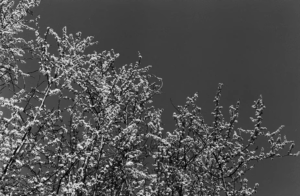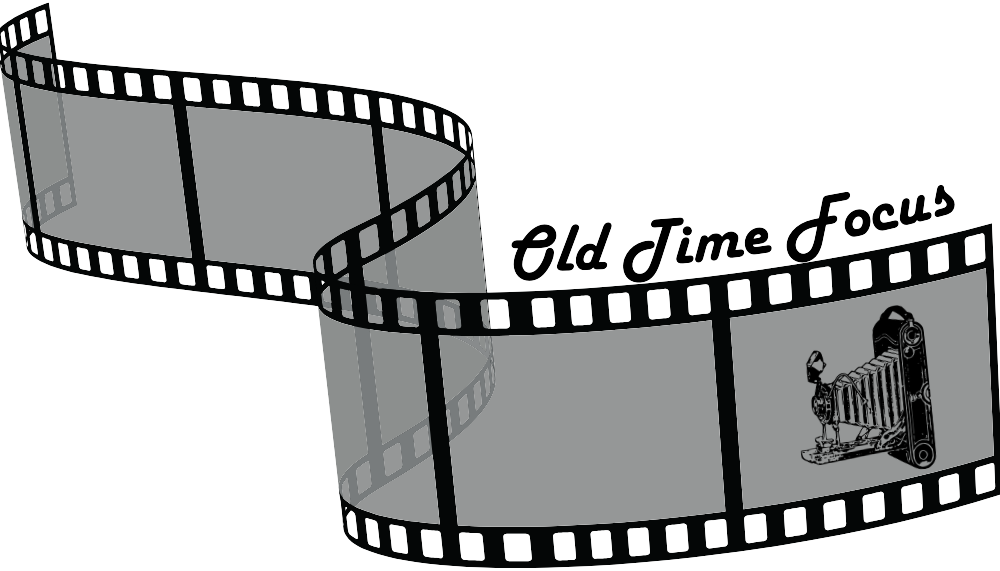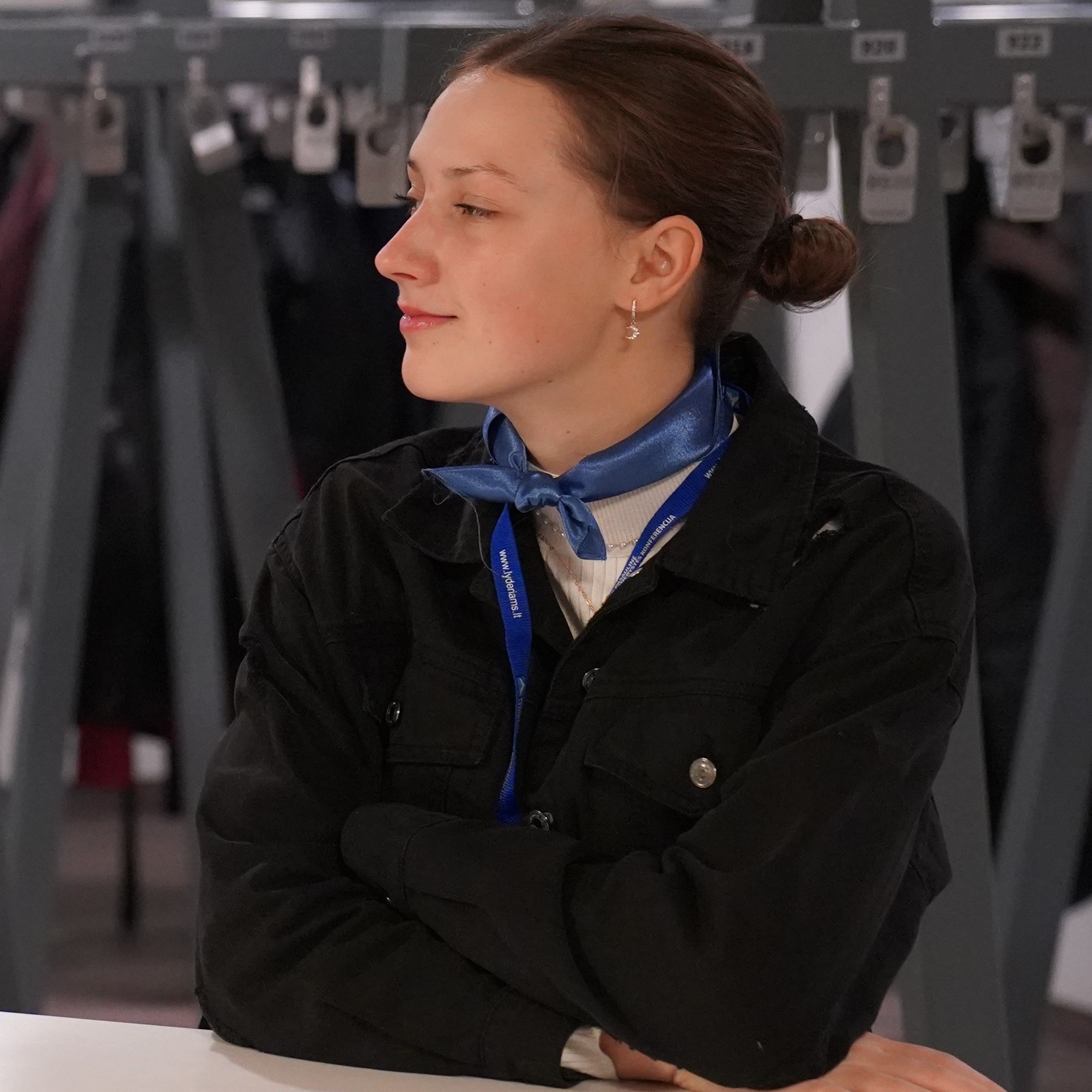Key Takeaways
The Minolta X500 is a robust camera that’s perfect for mastering the basics of film photography.
For a more subtle approach, especially for street photography, the Minolta XD11 is a quieter option.
The Leica M4-P is a rangefinder that doesn’t have a light meter, pushing you to get to grips with manual settings.
Rolleiflex cameras, particularly those with the Carl Zeiss Tessar lens, give a distinctive touch to photos.
Switching between different camera systems can help to enhance creativity and technical abilities.
This article is inspired by @seb_steimel
Go ahead and watch his YouTube video where he reviews these cameras right here
35mm Leica M Review: A Rebirth of Rangefinders
The Iconic M4-P Model

The M4-P is a marvel of mechanical precision. Made in Canada, it’s nearly the same as its brother, the M6, except for the lack of a built-in light meter. This means you get the same robust construction, the same seamless operation, but for much less money – a critical factor for those venturing into the realm of Leica rangefinders.

The Hidden Advantage of No Light Meter
You may initially see the absence of a light meter as a setback. But think about it: it compels you to really grasp exposure. You’ll pick up the Sunny 16 rule, where on a bright day you adjust your aperture to f/16 and your shutter speed to the inverse of your film speed for a properly exposed photo. This understanding is priceless, even in the era of digital.
Maximizing Your Leica M Experience
The Leica M is a camera that is best appreciated when its simplicity is embraced. The absence of automation means that every decision from focus to exposure is up to you. This may seem intimidating, but it’s also freeing. With enough practice, you’ll develop an instinct for settings that will carry over to any camera you use in the future.
Now let’s see what this Leica can do!






35mm Minolta X Series: A Staple in Street Photography

X500: The Beginning of Photographic Excellence
My personal journey into photography started with the Minolta X500. At a time when digital cameras were expensive, the X500 provided a way to access high-end technology without breaking the bank. Despite the steep learning curve, this camera taught me to focus on the exposure triangle – ISO, aperture, and shutter speed – the foundation of all great photography.
XD11: The Silent Performer

The Minolta XD11 became my unassuming companion for street photography as I honed my skills. Its hushed shutter, in contrast to the more noticeable X500, let me document life in its natural state without attracting attention. The camera borrows some of its features from the Leica R4, which speaks volumes about its lineage.
The Minolta Edge: Lenses and Durability
Minolta’s Rokkor lenses have a reputation for their sharpness and reliability. When combined with the sturdy X series bodies, these cameras are made to last.
Photos taken with Minolta X500 by Sebastian Steimel





120mm Rolleiflex: Medium Format Excellence
Let’s move on to the Rolleiflex, a camera that is a byword for medium format photography. The Rolleiflex, especially when used with a Carl Zeiss Tessar lens, is a camera for those who desire depth and emotion in their photographs.
Why a Rolleiflex Should Be Your Medium Format Camera of Choice
With only 12 shots per roll, you’re forced to slow down, to observe, and to be intentional with every shutter release. Despite being a medium format camera, the Rolleiflex is surprisingly nimble. It’s designed in such a way that makes it easy to make quick adjustments and focus, which is great for those unexpected moments that make for the best street candids.
The Rolleiflex is a camera that’s built to last. It’s not uncommon for these cameras to outlive their owners. They’re the kind of cameras that become family heirlooms, ready to be passed down to the next generation of photographers.
The Unique Charm of the Classic 6×6 Format
The square format of the Rolleiflex’s 6×6 images is not just a stylistic choice; it’s a new way to view the world. It pushes you to reconsider composition, to find equilibrium and symmetry, and to produce images that are noticeable in a world that is used to the rectangle.
From Candid Street Shots to Deeply Felt Portraits

The ‘flawed’ Carl Zeiss Tessar lens brings a warmth and personality to images that is often lacking in the sterile sharpness of modern lenses.
It is not surprising that photographers like Vivian Maier opted for the Rolleiflex. This is a camera that requires and rewards patience, instructs you to see in a different way, and eventually assists you in narrating stories that are richer and more layered.
When selecting a Rolleiflex camera, keep in mind that there is no such thing as a poor quality Rolleiflex. If you compare photos taken with different Rolleiflex cameras, you may notice only slight variations.
Photos taken with Rolleiflex 3.5 Tessar Lens by Sebastian Steimel






Leica, Minolta, and Rolleiflex: A Side by Side Comparison
Construction and User-Friendliness
The Leica M, Minolta X series, and Rolleiflex are all examples of a bygone era where build quality was paramount. Each of these cameras is built to last, designed to withstand years of use.
The Leica M is a compact and sturdy camera that is perfect for photographers on the go. The Minolta X series is a robust and reliable camera that feels like an extension of your hand. The Rolleiflex, with its unique twin-lens reflex design, offers a different kind of ergonomics that many find more balanced and comfortable for longer shoots.
Character and Quality of the Images
Each of these cameras has its own distinct signature. The Leica M’s rangefinder system provides a unique perspective and allows for precise focusing. The Minolta’s Rokkor lenses are renowned for their clarity and contrast. The Rolleiflex’s Tessar lens, on the other hand, brings a timeless quality to images that’s hard to match.
Brand-Specific Characteristics and Traits
Leica’s emphasis on simplicity and manual controls fosters a more mindful approach to photography. Minolta’s blend of automated and manual features offers flexibility. Rolleiflex’s waist-level viewfinder provides a unique viewpoint and encourages a more unobtrusive style of shooting.
Knowing the ins and outs of each camera system is crucial in picking the right tool to match your vision. It’s the small details, such as understanding the aperture, depth of field, and shutter speed, that can make all the difference in capturing a moment that leaves an impression.
Exploring Street Photography with Different Cameras
Street photography is as much about the photographer as it is about the gear. The Leica M4-P’s quiet shutter and unassuming presence make it a natural fit for the streets. The Minolta XD11’s similarity to the Leica R4 in parts, including the Seiko-built shutter, also offers a quiet and reliable option. The Rolleiflex, with its waist-level viewfinder, allows for a different approach, letting you capture life on the streets without bringing the camera to your eye, often resulting in more candid shots, also keep in mind that you will be a star of a town, because let’s be honest, the Rolleiflex looks mind-blowing!
Perfect Portraits or Artistic Abstracts?
The camera you select for portraits can give your images a unique character. The Leica M, with its rangefinder focus, provides precise control and a personal touch with your subject. The Minolta X series, with its excellent Rokkor lenses, can capture sharp details or soft, dreamy images, depending on the aperture you choose. And the Rolleiflex, with its Carl Zeiss Tessar lens, can give your portraits a classic, soulful look that’s difficult to duplicate with modern glass.
These cameras are great for abstract photography, offering a variety of options. The square format of the Rolleiflex encourages you to think differently about composition, making it great for exploring shapes and patterns. The Leica and Minolta, on the other hand, have a more traditional 35mm format, but still allow you to experiment with depth of field and motion.
Common Questions
What Makes the Leica M4-P Cheaper Than Other Leica Models?
There are a few reasons why the Leica M4-P is usually cheaper than models like the M6. The main reason is that the M4-P doesn’t have a built-in light meter, which some photographers consider a must-have feature. Also, the M4-P was made in Canada, which some collectors and enthusiasts don’t like as much as the German-made models. But the M4-P is still a fully functional Leica rangefinder, and its lower price makes it a good way to start using Leica cameras.
“The Leica M4-P is a shining example of simplicity being the ultimate sophistication. Its lack of an in-built light meter forces photographers to learn and master exposure, thereby making them better photographers.”
What Makes a Carl Zeiss Tessar Lens Optically Imperfect?
The term ‘optically imperfect’ is a bit misleading when it comes to vintage lenses like the Carl Zeiss Tessar. These lenses aren’t imperfect in the sense of being defective; instead, they have characteristics such as softer focus, vignetting, and unique bokeh that give images a different quality than the super sharp images produced by modern lenses. This ‘imperfection’ is desired by many photographers for the character and mood it adds to their images.


Leave a Reply